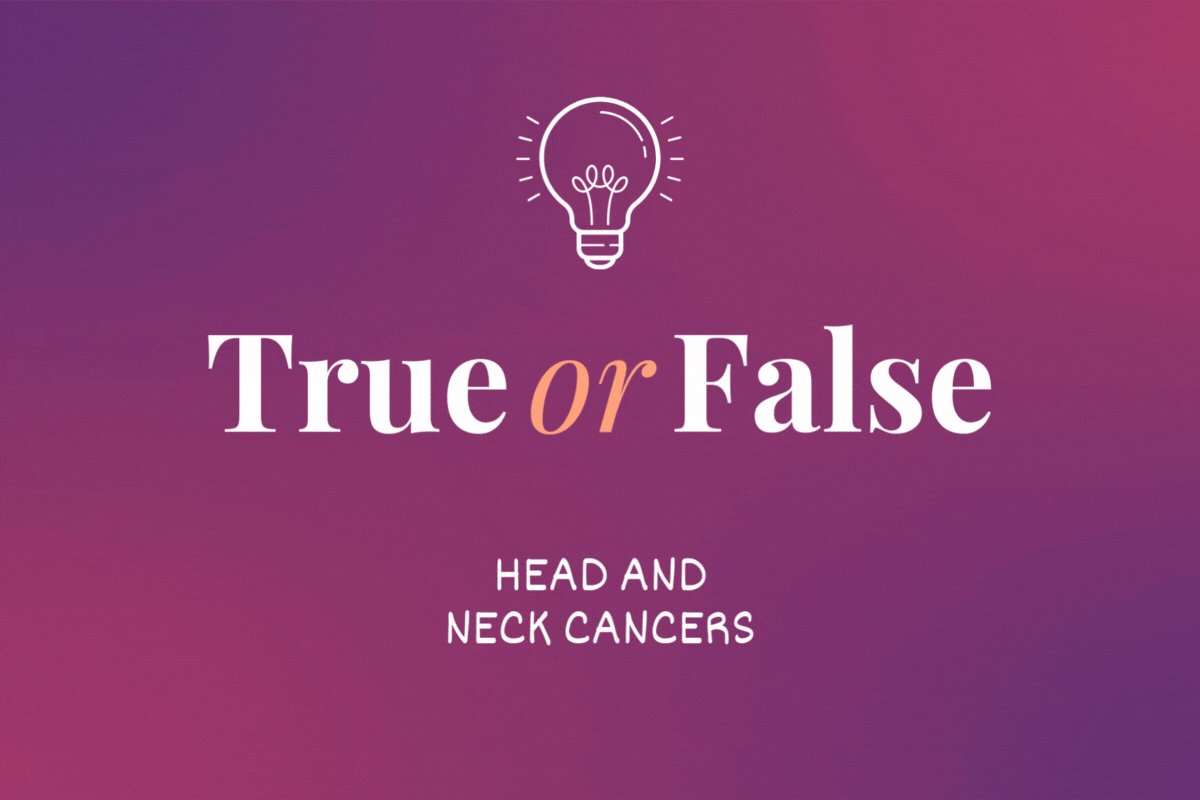When Laura Fellows' daughter was just 2 months old, the first-time mom noticed some rough, red, dry patches of skin on her cheeks and behind her knees. The skin looked inflamed and her baby couldn’t stop itching. Luckily, she had a newborn monthly appointment already scheduled. At that visit, her daughter was diagnosed with atopic dermatitis, also called eczema.
"I had a feeling it was eczema," Fellows said. "And the doctors confirmed it."
Eczema is a condition that makes a person's skin inflamed, red and itchy. And according to Dr. Lawrence Eichenfield, the pediatric and adolescent dermatology chief at Rady Children’s Hospital in San Diego, eczema is extremely common in children. Eichenfield said that 12% to 15% of children in the United States are diagnosed with eczema within their first few years of life, with 70% developing the condition before they turn 1 year old.
Eczema can be caused by various factors, including genetics, environmental triggers and stress. For some, it might be the result of an allergy or something that irritates the skin. Signs and symptoms of the condition vary, and so can the seriousness. For example, eczema can appear mild and show up as dry skin, but it can also be itchy or appear as crusty rashes. In some cases, the skin can even look flaky and rough or scaly, or ooze pus.
There is no known cure for eczema. Treatment options aim to heal the affected skin and prevent flares of symptoms. According to Eichenfeld, there is no one-size-fits-all treatment plan — the options are different for everyone. That’s why it’s so important for parents who suspect that their children have eczema to see a healthcare provider at the first sign.
“Some standard measures will include taking care of the dry skin by using moisturizers after bathing and moisturizers in any place where the skin might be dry, as well as on the early signs of eczema,” Eichenfield said.
When standard moisturizers don’t ease symptoms, doctors can recommend other options for parents to use, such as over-the-counter steroid creams, like hydrocortisone. In addition, antibiotics may be used to manage the condition if an eczema spot is infected. Minimizing exposure to irritants or allergens can help reduce symptoms. And in more severe cases, injections can be given.
Fellows' pediatrician suggested using several creams to treat her baby’s eczema, but the rashes on her body wouldn’t calm down. Her doctor then recommended hydrocortisone cream for flare-ups. It worked at first, but as soon as Fellows stopped applying it, the eczema returned. Another issue parents like Fellows face is that steroid creams can’t be used long-term because of possible side effects, like the thinning of skin or skin color changes and bruising.
After trying all the possible over-the-counter options, Fellows finally decided to see a pediatric dermatologist.
Pediatric dermatologists can prescribe anti-inflammatory medicines, which include a wide range of topical steroids, from weak to strong. They also can prescribe several nonsteroid topical creams, light therapy and biologic therapies to calm an itchy eczema rash.

At one point, the pediatric dermatologist prescribed one of the nonsteroid topical creams for Fellows’s daughter. She used it on her daughter every day for a year, and it worked; she no longer has eczema spots.
Fellows had no trouble getting an appointment with a pediatric dermatologist whom her primary care doctor recommended, but that’s not the case for everyone. Brittany Haltzman-Cassenti’s daughter was diagnosed with eczema at around 10 months old, and she has called almost a dozen pediatric dermatologists but has been unable to book an appointment.
“It’s because they’re limiting their schedules because of Covid,” Haltzman-Cassenti said. “They don’t want to have people in the waiting room, and they have fewer doctors working. It’s been so frustrating.”
Haltzman-Cassenti treats her daughter with over-the-counter steroid and nonsteroid creams, and her pediatrician has been keeping an eye on the eczema.
Eichenfield said the best way to find a pediatric dermatologist is through a child’s pediatrician or the parent’s primary care provider. Parents can also look on the Society for Pediatric Dermatology website. But if a pediatric dermatologist isn’t available, like in Haltzman-Cassenti’s case, Eichenfield recommends turning to a regular dermatologist who has been trained in pediatrics.
Unfortunately, many communities face barriers to healthcare and not everyone has equal access to pediatric dermatologists. In some cases, Eichenfield said, this is because pediatric dermatologists are unevenly distributed throughout the U.S., with most located in larger cities and on the coasts.
In other cases, disparities and inequities in care that many communities face — specifically Black and brown communities — result from a mixture of factors, which can be social, economic, regional or even political.
“If people don’t have a trusting relationship with a primary care doctor, it could be a difficult situation to bring up issues as they come up,” Eichenfield said.
He also said many members of marginalized communities often don’t participate in preventive care methods, like seeing a specialist when an issue comes up. Instead, they often use emergency rooms or urgent care facilities when their symptoms become too much to bear. This is frequently because they’re uninsured or underinsured.
“For instance, in the general dermatology community, there are many dermatologists who are so busy, they don’t take Medicaid. And if they don’t have sufficient reimbursement, they keep those patients out. And then it’s a situation where there’s unequal care,” he said.
Eichenfield also noted that private insurance plans vary significantly in whether dermatologists or pediatric dermatologists are covered.
According to Eichenfield, there are three times more patients with eczema in the U.S. today than 40 years ago, which he believes could result from how humans’ immune systems have evolved or environmental factors such as pollution. But despite more people than ever with eczema, especially children, Eichenfield said treatments have also improved a lot, including nonsteroid medicines and creams, medications given by mouth or injected to cool down inflammation in the bloodstream, and even phototherapy or light therapy for children.
Fellows is thankful her daughter’s eczema is finally under control, although it took a lot of trial and error to get there. She hopes for a future where skin conditions, like eczema, are better understood and she wishes for a universal treatment that could help more people.
This resource has been created with support from Pfizer, Regeneron and Sanofi.
- Should Your Child See a Dermatologist? - HealthyWomen ›
- Clinically Speaking: Questions to Ask Your Healthcare Provider ... ›
- Living With Atopic Dermatitis (AD) - HealthyWomen ›
- What It's Like to Care for a Child With Severe Eczema - HealthyWomen ›
- How Eczema Affects Sexual Health - HealthyWomen ›
- What Is Step Therapy? - HealthyWomen ›
- Ask the Expert: Atopic Dermatitis - HealthyWomen ›







